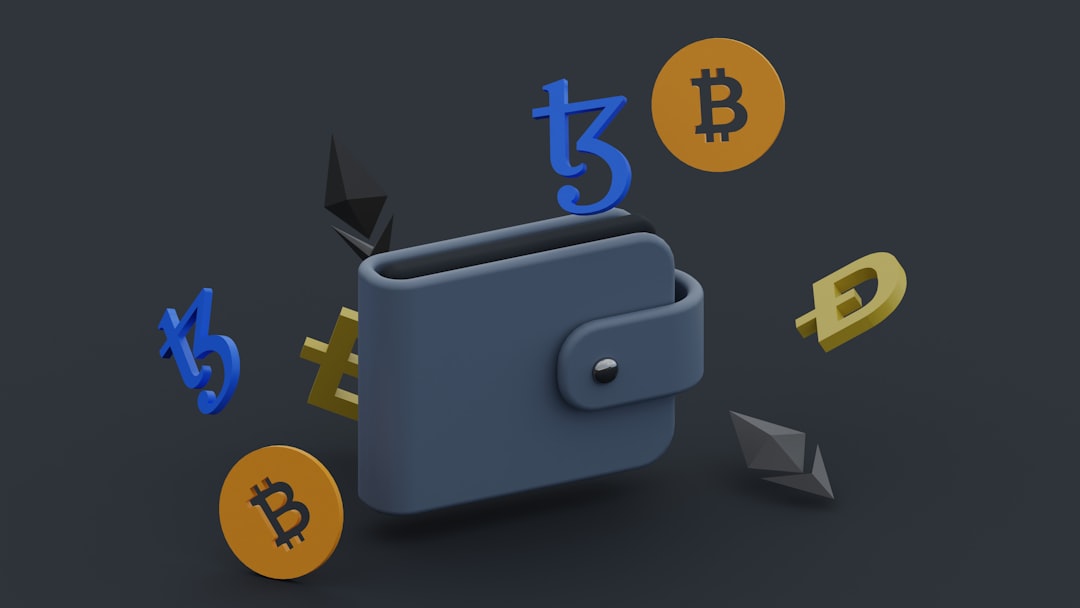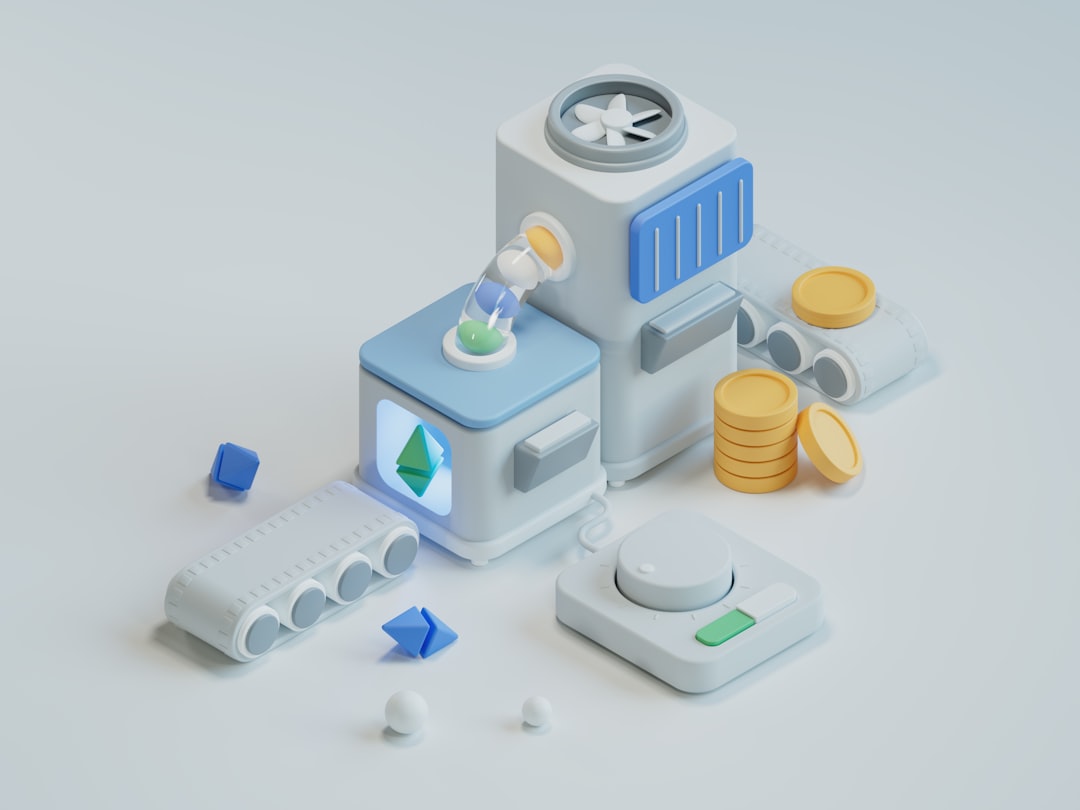Build Passive Wealth with Fractional Token Ownership

The idea of earning money while you sleep has long been the dream of investors and entrepreneurs alike. In the past, building a passive income stream usually required significant capital, a deep understanding of the markets, or a stable source of revenue such as rental properties or dividend-paying stocks. Today, however, the advent of blockchain technology and tokenized assets has opened a new frontier that makes it possible for anyone to own a piece of high-value items real estate, fine art, rare collectibles, or even entire businesses without needing to purchase the whole thing. By dividing ownership into fractional tokens, these assets become more liquid, affordable, and accessible, creating a fertile ground for building sustainable passive wealth.
The Rise of Tokenized Assets
Tokenization is the process of converting the ownership rights of a real-world asset into digital tokens that can be stored, transferred, and traded on a blockchain. These tokens represent a share of the underlying asset, and their value is directly tied to that asset’s market value or cash flow. As more assets are tokenized, a new ecosystem emerges that blends the efficiency and transparency of crypto with the stability and legal recognition of traditional investments. This hybrid model not only lowers entry barriers but also introduces a new layer of liquidity that was previously unavailable for illiquid assets.

Because each token represents a fraction of the asset, investors can purchase as little or as much as they wish, often with a fraction of the price required for full ownership. This opens the door for small-scale investors to diversify across multiple asset classes without tying up large amounts of capital. In addition, the underlying blockchain provides immutable records of ownership and transaction history, which can reduce fraud, increase transparency, and foster trust among participants.
Why Fractional Ownership Matters
Diversification Made Simple
Traditionally, diversification required buying entire shares or large blocks of an investment, which can be prohibitively expensive. Fractional ownership solves this by allowing an investor to spread their capital across many different assets, from luxury real estate to niche art collections, each represented by its own token. This approach reduces exposure to the risk of a single asset’s underperformance and aligns the risk profile more closely with a broad market basket.
Liquidity for the Long‑Term
One of the biggest obstacles to investing in assets like real estate or fine art has always been liquidity. Investors often have to wait months or even years to sell a property or piece of art. Tokenized assets change this dynamic; because tokens are standardized and trade on digital exchanges, they can be sold or swapped on secondary markets with relative speed. This liquidity allows investors to rebalance their portfolios or unlock capital without waiting for a traditional sale.
Lower Barriers to Entry
Even high-value items can be purchased in fractions, making them accessible to a wider demographic. For instance, a $5 million luxury property could be broken into 5,000 tokens, each worth $1,000. A casual investor can now hold a meaningful stake in real estate that would otherwise be out of reach. This democratization of ownership fosters a more inclusive investment environment and can lead to a broader base of passive income earners.
Building a Passive Income Stream
Tokenized assets can generate passive income in several ways, depending on the nature of the asset and the ecosystem in which it resides.
Dividend Yielding Tokens
Some tokenized assets are structured to distribute a portion of their earnings to token holders. For example, a tokenized rental property might pay out a monthly dividend based on net rental income. Because the income is derived from ongoing cash flows, token holders receive regular, predictable payouts much like owning a share in a dividend-paying stock.
Staking and Yield Farming
Many blockchain platforms offer staking mechanisms where token holders can lock up their tokens in return for rewards. Staking can provide a stable, low‑risk return, while yield farming, which involves providing liquidity to decentralized finance (DeFi) protocols, can offer higher yields. However, yield farming often carries higher volatility and requires a deeper understanding of smart contracts and market dynamics.
Royalty Income
In the creative industries music, literature, or digital art tokenization can be used to distribute royalties. Each time the underlying asset generates revenue (e.g., a song is streamed), token holders receive a proportional share. This model ensures that creators and investors alike benefit from ongoing success, turning one-time creations into long‑term revenue streams.
Choosing the Right Projects
Not all tokenized projects are created equal, and the potential for passive income depends heavily on the quality of the underlying asset and the platform’s governance.
Due Diligence and Transparency
Before investing, research the asset’s provenance, legal status, and the token issuer’s track record. Look for clear documentation, audited smart contracts, and third‑party verification. Transparent fee structures and clear terms for dividends or staking rewards are also essential.
Liquidity and Market Depth
A token’s secondary market liquidity determines how easily you can exit your position if needed. Projects with higher trading volumes and multiple exchanges tend to have tighter bid‑ask spreads and lower slippage, making them safer for passive investors.
Regulatory Compliance
Ensuring that the token complies with local securities regulations is critical. Many jurisdictions require token issuers to register with regulatory bodies or to provide a prospectus. Projects that adhere to regulatory standards often offer more robust investor protections and less risk of legal disputes.
Case Study: Real Estate Tokenization
A leading real estate investment platform recently tokenized a portfolio of luxury beachfront properties located in Miami and San Diego. Each property was divided into 10,000 tokens, each representing a 0.01% stake. Investors were able to purchase tokens through a web portal, with the platform handling all legal and operational aspects.
Monthly rental income from the properties was collected, and after deducting management fees, the net income was distributed to token holders as a dividend. In addition, the platform offered a staking option that rewarded token holders with an extra 1.5% yield per year for locking their tokens for six months. The combination of dividend income and staking rewards provided a total annual yield of approximately 8%, outperforming traditional savings accounts and many municipal bonds.

This case illustrates how fractional token ownership can transform a traditionally illiquid asset into a productive, income‑generating investment, making passive wealth creation more attainable for a broader audience.
Regulatory Landscape
The regulatory environment for tokenized assets is still evolving, with different countries adopting varying stances. In the United States, the Securities and Exchange Commission (SEC) has indicated that many tokenized assets qualify as securities and therefore fall under the purview of federal securities laws. As a result, issuers must often comply with registration requirements, disclosure obligations, and investor protection rules.
In the European Union, the Markets in Crypto‑Assets (MiCA) framework provides a more structured approach to regulating digital assets, encouraging transparency and consumer protection while fostering innovation. Meanwhile, countries such as Singapore and Switzerland have already implemented clear guidelines that facilitate tokenization while ensuring regulatory compliance.
Understanding the legal framework in your jurisdiction is essential to avoid potential pitfalls. Many reputable platforms will provide a compliance checklist and ongoing legal updates to keep investors informed.
Steps to Get Started
-
Define Your Investment Horizon
Determine whether you seek short‑term liquidity or long‑term passive income. Tokenized assets can fit both strategies, but certain projects may lock tokens for a specified period. -
Choose a Reputable Platform
Look for platforms with transparent fee structures, strong security protocols, and a proven track record of managing tokenized assets. -
Perform Due Diligence
Research the underlying asset, review audited smart contracts, and verify the legal status of the token. Evaluate historical performance and projected cash flows. -
Allocate Capital Wisely
Diversify across multiple tokens and asset classes. Avoid concentrating all funds in a single token to mitigate risk. -
Engage with the Community
Many platforms have active forums or Discord channels. Engaging with other investors can provide insights, updates, and real‑world experiences. -
Monitor and Rebalance
Regularly review the performance of your tokenized holdings. Adjust your portfolio to align with changing market conditions or personal financial goals.
The final part of this journey is where your experience turns from theoretical knowledge into tangible wealth creation. By taking advantage of fractional token ownership, you can gradually build a portfolio that earns you passive income each month. The key lies in careful selection, ongoing vigilance, and an understanding of the evolving regulatory landscape. As the market matures and more high‑value assets become tokenized, the potential for passive wealth will only expand. Starting today, you can position yourself within this growing ecosystem, turning small, well‑chosen stakes into a reliable source of income that works for you even when you’re not actively trading.

Jay Green
I’m Jay, a crypto news editor diving deep into the blockchain world. I track trends, uncover stories, and simplify complex crypto movements. My goal is to make digital finance clear, engaging, and accessible for everyone following the future of money.
Discussion (8)
Join the Discussion
Your comment has been submitted for moderation.
Random Posts

Future-Focused Investing - Turning Objectives into Wealth
Turn vague dreams into wealth by setting SMART goals, defining exact amounts and timelines, then disciplined planning and investing that grows with you.
1 year ago

Beyond Short Term Fluctuations Crafting a Long Term Investment Roadmap
Ignore short term swings. Build a long term roadmap that ties your investments to life goals, turning volatility into an ally that steadily grows your wealth over time.
4 months ago

Diversification Strategies That Improve Risk Adjusted Returns
Learn how smart diversification, beyond simple spread, boosts Sharpe and Sortino ratios, protecting growth while smoothing volatility.
10 months ago

Smart NFT Strategies for Reliable Income and Tax Efficiency
Build a passive NFT portfolio with diverse assets, smart royalty management, and tax, aware structuring to turn tokens into reliable income while keeping taxes low.
1 week ago

Integrating Wallets with Staking Tools Step by Step
Learn how to connect your wallet to staking tools in clear, simple steps, update firmware, secure your seed, choose a trusted platform, and start earning rewards safely.
1 month ago
Latest Posts

Tax Strategies for Long Term Passive Earnings
Learn how smart tax planning can boost your passive income: choose efficient vehicles, use shelters, time gains, and keep more of what you earn.
1 day ago

Passive Income Education Through Legal, Tax, and Risk Management
Turn a side hustle into lasting, hands, off wealth by mastering legal structure, tax strategy, and risk protection, the three pillars that safeguard capital and ensure steady dividends.
1 day ago

Crypto Exchange Basics for Steady Income
Build steady crypto income by defining clear goals, choosing the right exchange tools, and sticking to a disciplined strategy for consistent returns.
2 days ago

